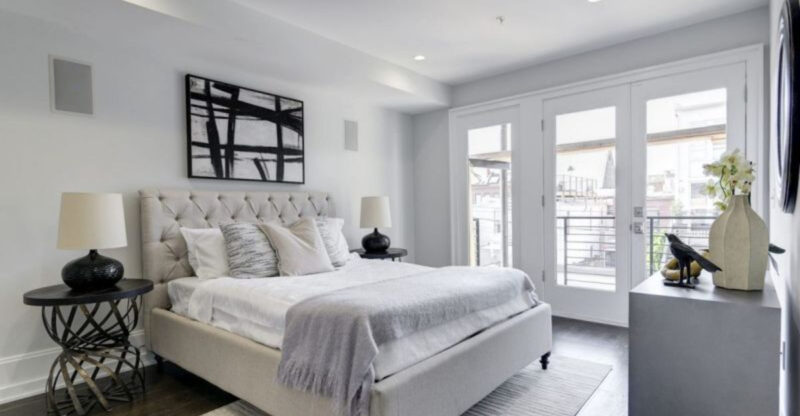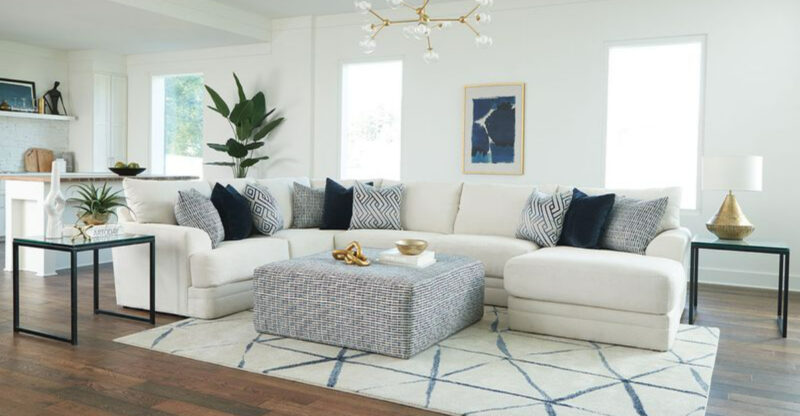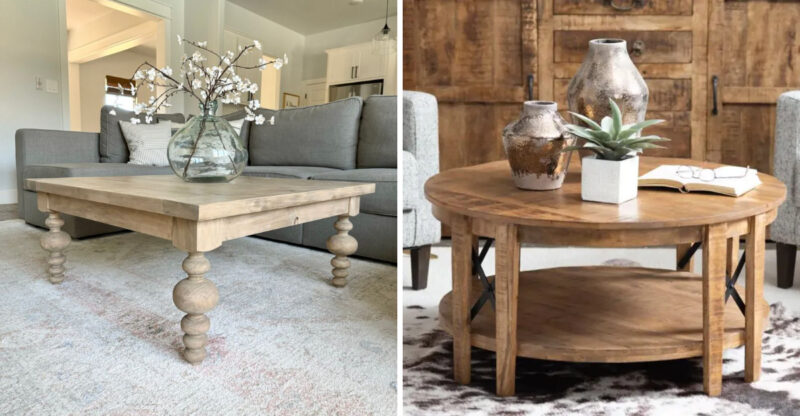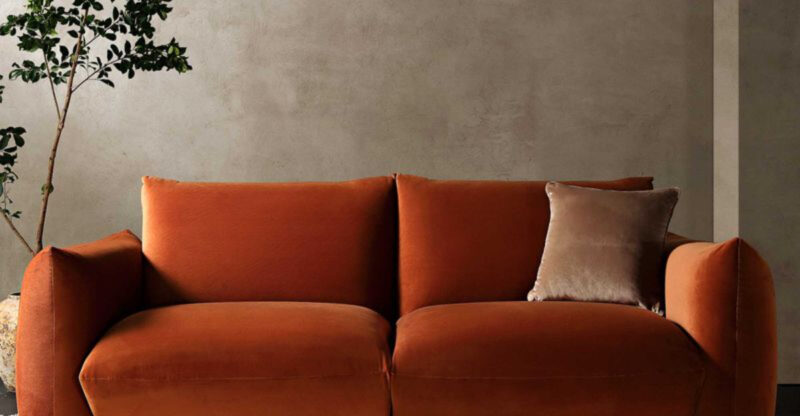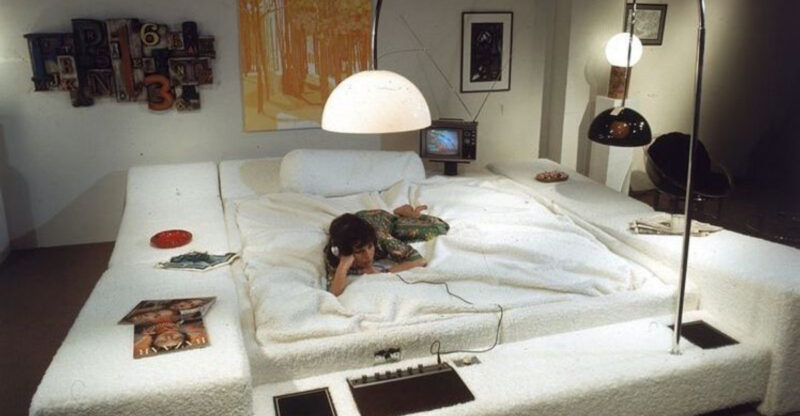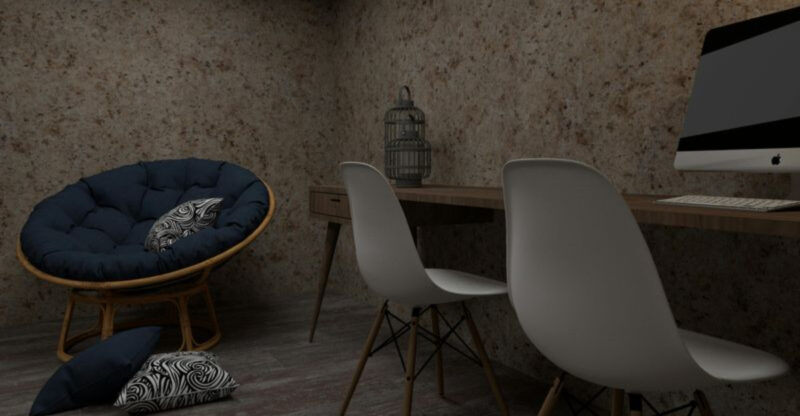11 Iconic Danish Chairs You Can Namedrop At Your Next Dinner Party For Some Design Knowledge Kudos
Danish furniture design shaped the world of modern interiors with its clean lines, warm wood, and perfect balance of form and function.
These iconic chairs aren’t just places to sit – they’re pieces of design history that changed how we think about furniture.
Ready to impress your friends with some serious design knowledge? Here are eleven legendary Danish chairs worth knowing about.
1. Wishbone Chair (Hans J. Wegner)
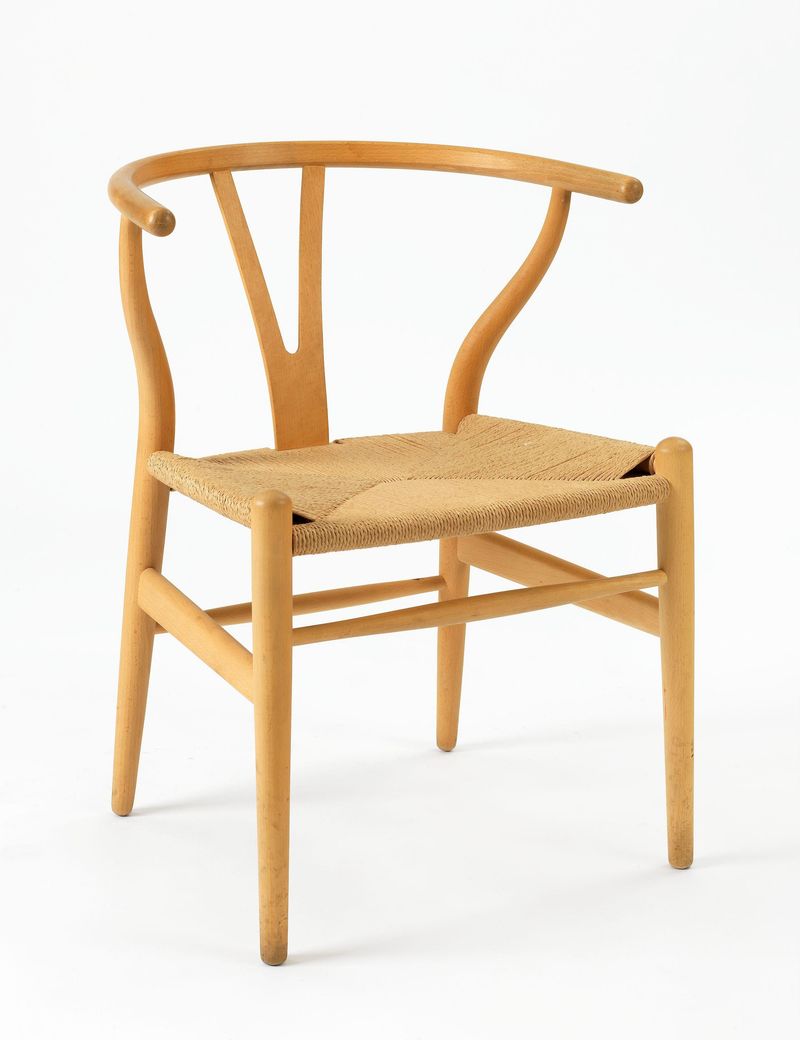
Wegner created this masterpiece in 1949, taking inspiration from Ming Dynasty chairs. The Y-shaped back gives this beauty its nickname while providing both comfort and structural stability.
Made mostly from solid wood with a hand-woven seat, each chair requires over 100 steps to complete. The seat alone needs about 120 meters of paper cord and takes a skilled craftsperson an hour to weave perfectly.
If you spot one at a friend’s place, casually mention it’s officially called the CH24 and has been in continuous production by Carl Hansen & Søn since 1950. Design nerds will definitely give you approving nods for that tidbit!
2. Egg Chair (Arne Jacobsen)
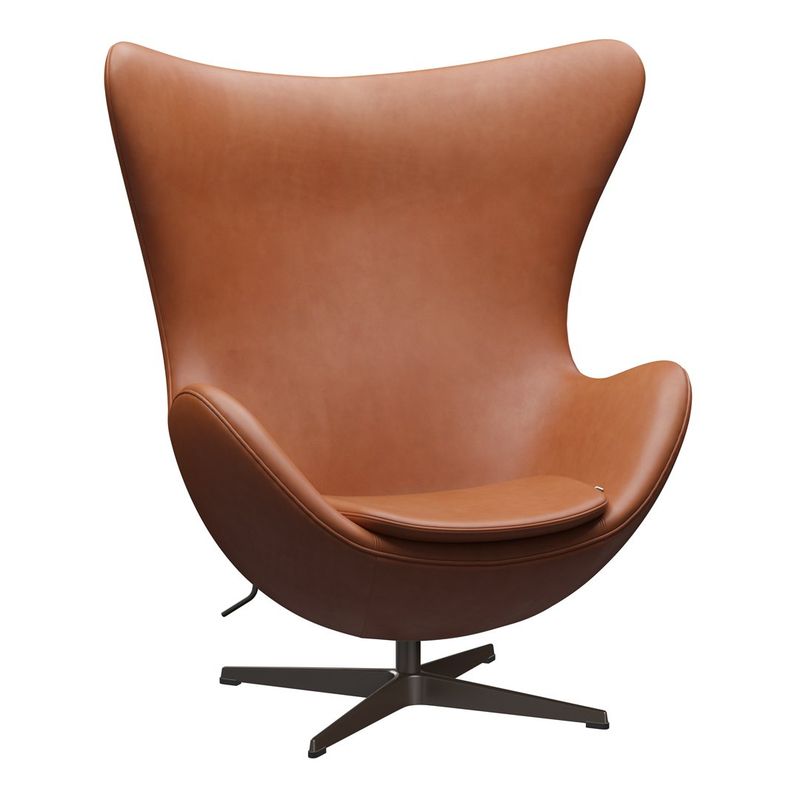
Jacobsen designed this cocoon-like wonder in 1958 for the SAS Royal Hotel in Copenhagen. Its distinctive curved shape was revolutionary, offering a private sanctuary in public spaces when privacy was becoming increasingly rare.
The chair’s shape was actually sculpted in clay before being transformed into foam and upholstery. This innovative approach created those flowing curves that seem to defy traditional furniture construction.
Mention how the Egg Chair was one of the first pieces to use a star-shaped swivel base in a lounge chair, combining movement with enclosure. The chair appears in countless films and TV shows as shorthand for sophisticated taste something worth dropping into conversation!
3. Swan Chair (Arne Jacobsen)
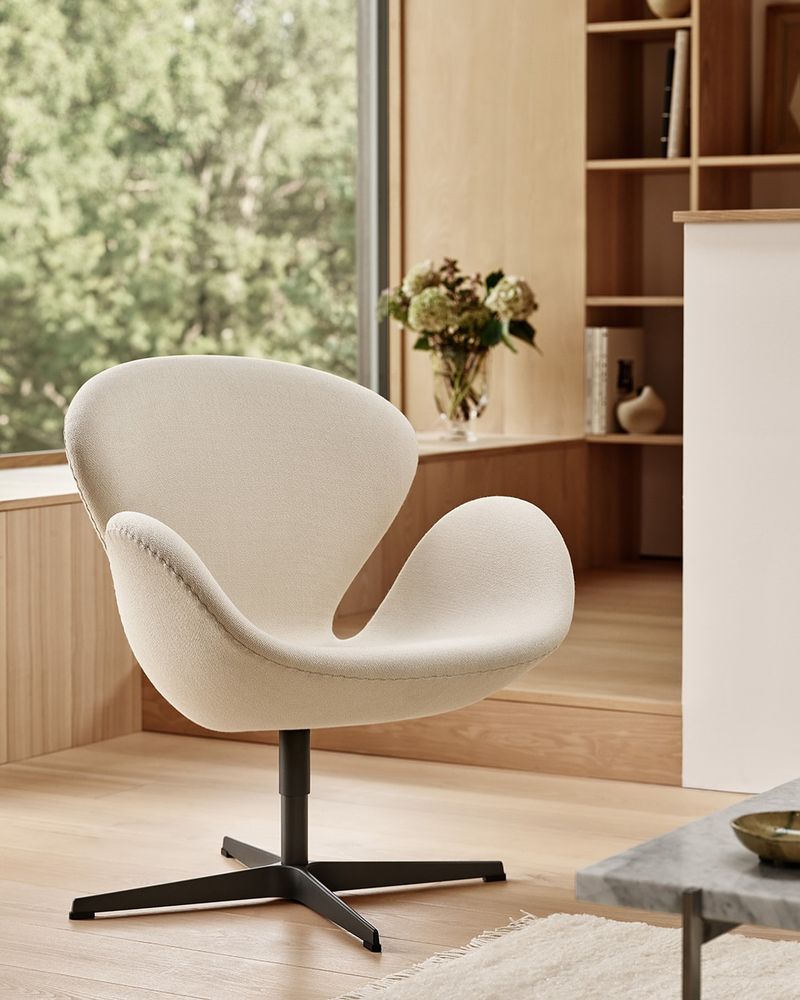
Created as the Egg Chair’s graceful companion, the Swan emerged from Jacobsen’s studio in 1958. Unlike traditional chairs with straight lines, this beauty has zero straight lines – a technical marvel that pushed manufacturing boundaries.
The chair’s organic form required pioneering techniques in foam molding and upholstery. Jacobsen initially sculpted the shape in his garage using clay and plaster before the design was finalized.
What makes the Swan special is how it creates a sense of gentle embrace without fully enclosing the sitter. Next time you’re discussing mid-century design, point out how the Swan represents the perfect balance between sculptural art and practical seating your design cred will instantly skyrocket!
4. CH25 Lounge Chair (Hans J. Wegner)
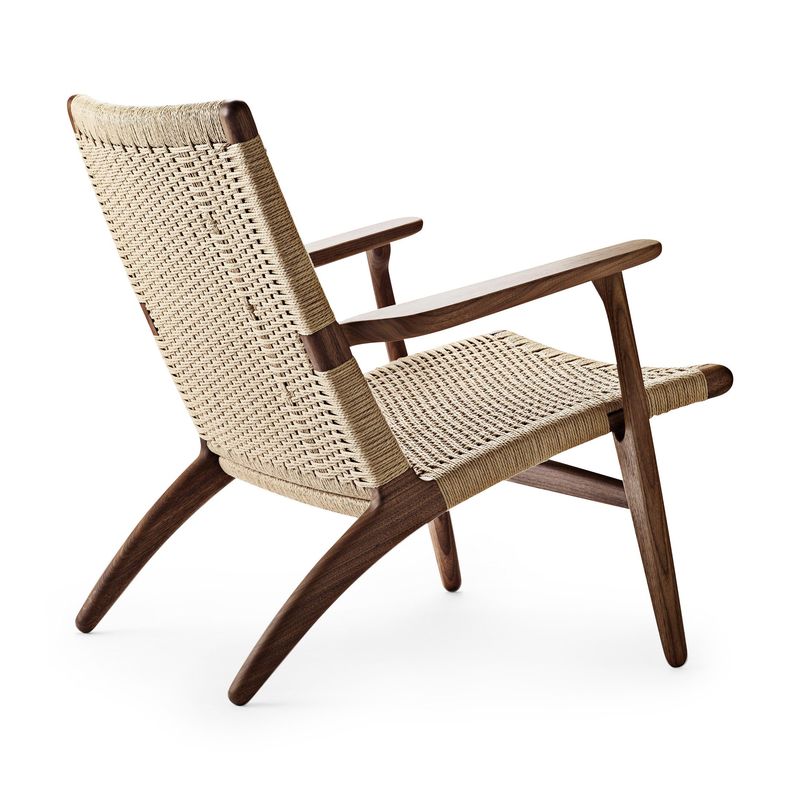
Wegner introduced this distinctive lounge chair in 1950, featuring a bold combination of wood frame and woven paper cord seat and back. The angled, low-slung position creates a relaxed seating experience that looks deceptively simple but results from countless hours of ergonomic refinement.
Those beautiful woven sections aren’t just for looks they provide surprising comfort while eliminating the need for traditional upholstery. Each chair requires nearly 400 meters of paper cord and about 10 hours of careful handweaving.
When chatting about this chair, mention how the frame is assembled using traditional woodworking joints with no metal hardware. This commitment to craftsmanship explains why vintage CH25s often sell for thousands at auction while still looking fresh after decades of use!
5. Series 7 Chair (Arne Jacobsen)
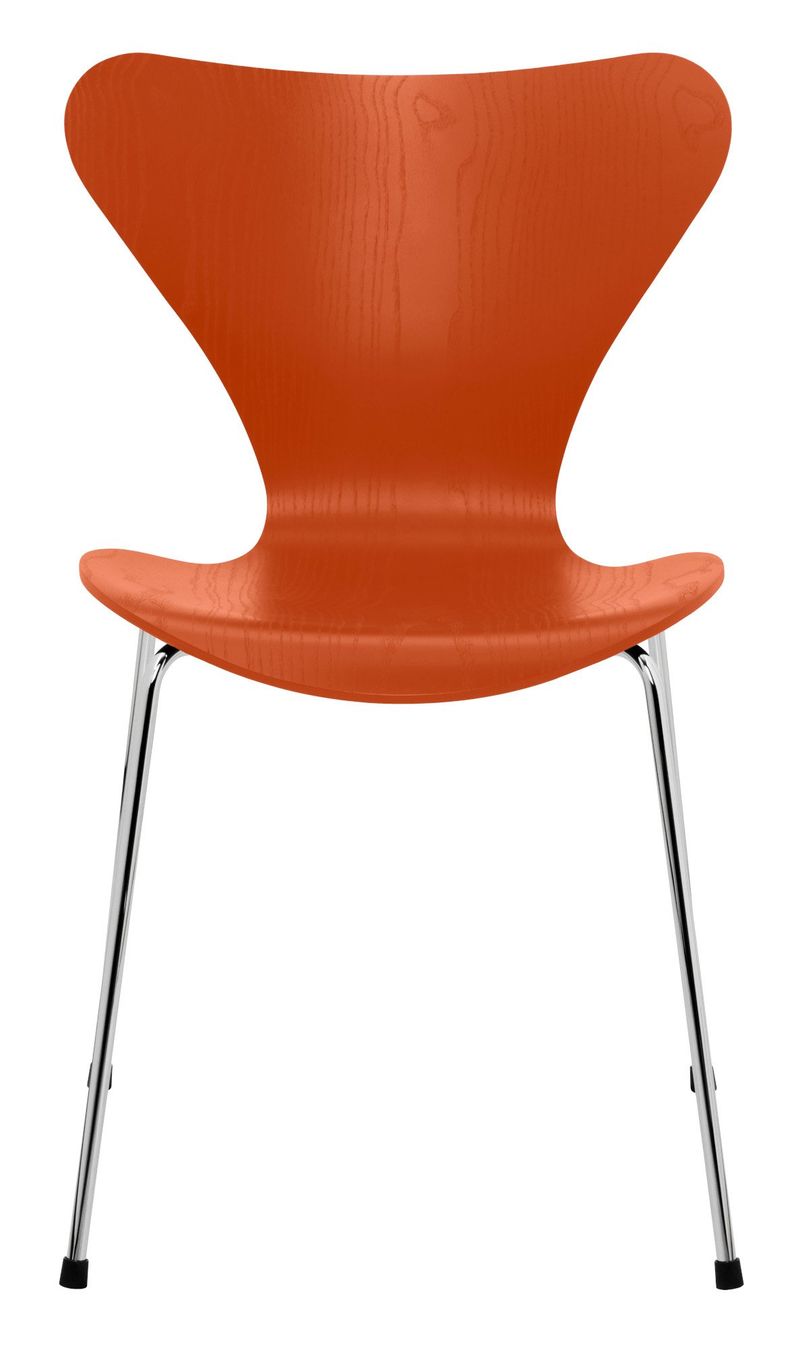
Jacobsen’s Series 7 became the best-selling Danish chair in history after its 1955 debut. The secret? A revolutionary production method using a single piece of pressure-molded plywood that could be bent in three dimensions, creating a seat and back in one graceful swoop.
Though often mistaken for its famous cousin (the Ant Chair), the Series 7 features a wider back with distinctive cutouts that make it more comfortable and versatile. These chairs stack beautifully, making them practical for homes and institutions alike.
Fun fact to share at parties: this chair gained unexpected notoriety when a partially nude Christine Keeler was photographed straddling a knockoff version in 1963. The image became one of the most famous fashion photographs ever, cementing the chair’s place in pop culture history!
6. Shell Chair (Hans J. Wegner)
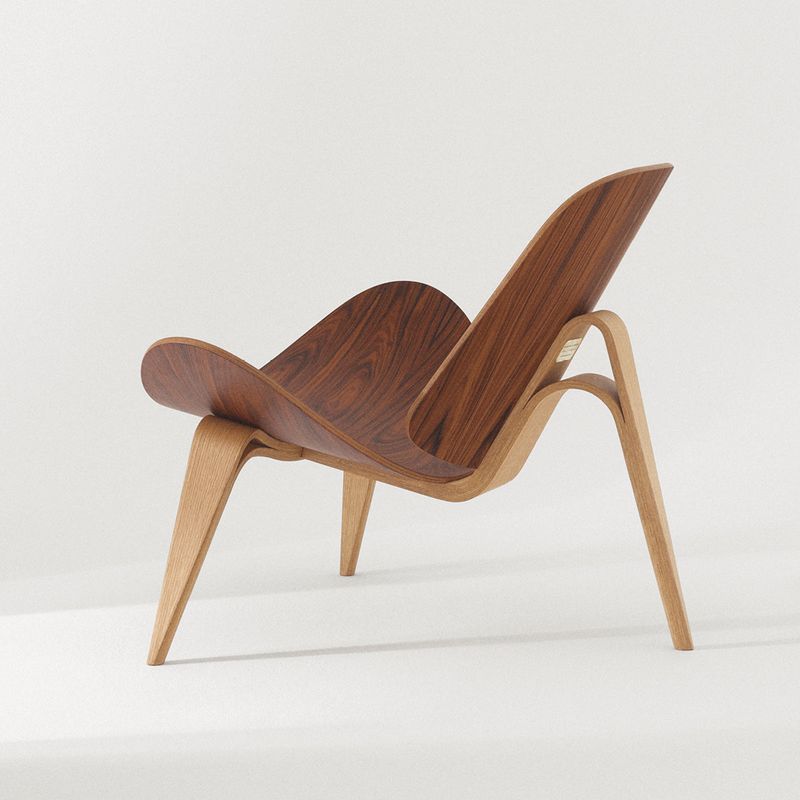
Wegner unveiled this three-legged wonder in 1963, but it was initially considered too avant-garde for commercial success. The chair languished in relative obscurity until the 1990s when it was rediscovered and finally recognized as the masterpiece it always was.
Those three legs aren’t just for show they create a triangular base that provides surprising stability while giving the chair its distinctive floating appearance. The curved shell requires complex lamination techniques to achieve its wing-like shape.
At your next gathering, impress fellow guests by mentioning its official name the CH07 and how it was ahead of its time in using environmentally conscious production methods. Also worth noting is how the seat and back are cut from a single shell, showcasing Wegner’s genius for minimizing materials while maximizing comfort!
7. The Spanish Chair (Børge Mogensen)
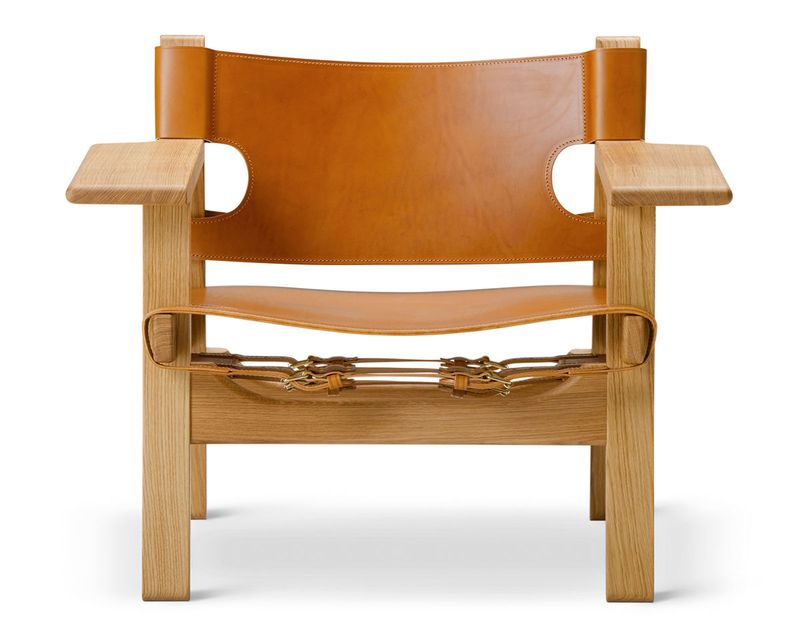
Mogensen created this robust beauty in 1958 after being inspired by traditional Andalusian furniture. Unlike many Danish designs that aim for lightness, the Spanish Chair embraces a substantial, grounded presence with wide armrests that double as surfaces for drinks or books.
Those distinctive wide armrests aren’t just functional they’re structural elements that help support the chair’s frame. The saddle leather seat and back are attached with visible buckles, allowing for adjustment and ensuring decades of use as the leather develops a gorgeous patina.
When discussing this chair, mention how Mogensen was known as “the people’s designer” for creating practical, democratic furniture. His Spanish Chair stands out for combining Mediterranean influences with Scandinavian craftsmanship – a perfect conversation starter about cross-cultural design inspiration!
8. The Ox Chair (Hans J. Wegner)
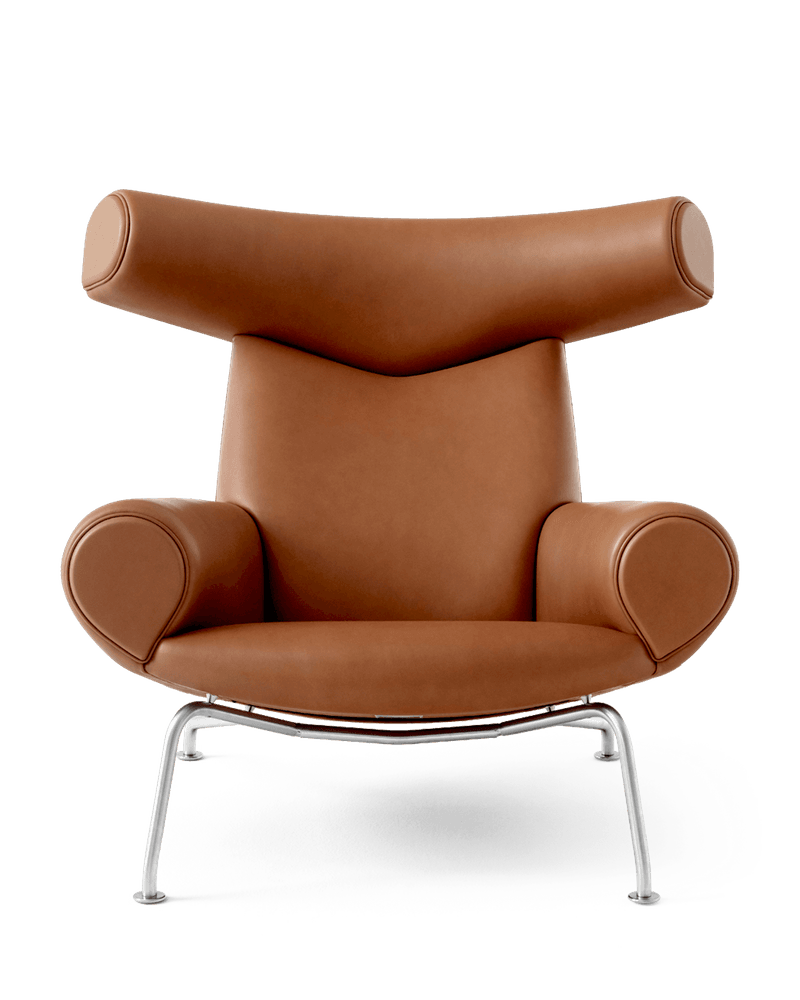
Wegner unleashed this playful giant in 1960, inspired by Pablo Picasso’s bull paintings. With its horn-like extensions and substantial presence, the Ox Chair breaks away from typical Danish restraint while still maintaining impeccable craftsmanship.
The chair’s oversized headrest doesn’t just create its distinctive silhouette it provides perfect support for power naps or contemplative moments. Though it looks massive, Wegner carefully balanced the proportions to create a surprisingly comfortable and ergonomic seating experience.
During design conversations, mention how the Ox Chair represents Wegner’s more experimental side. While most know him for wooden masterpieces like the Wishbone Chair, this upholstered statement piece shows his range and willingness to challenge conventions. That knowledge will definitely earn you some serious design kudos!
9. The Pelican Chair (Finn Juhl)
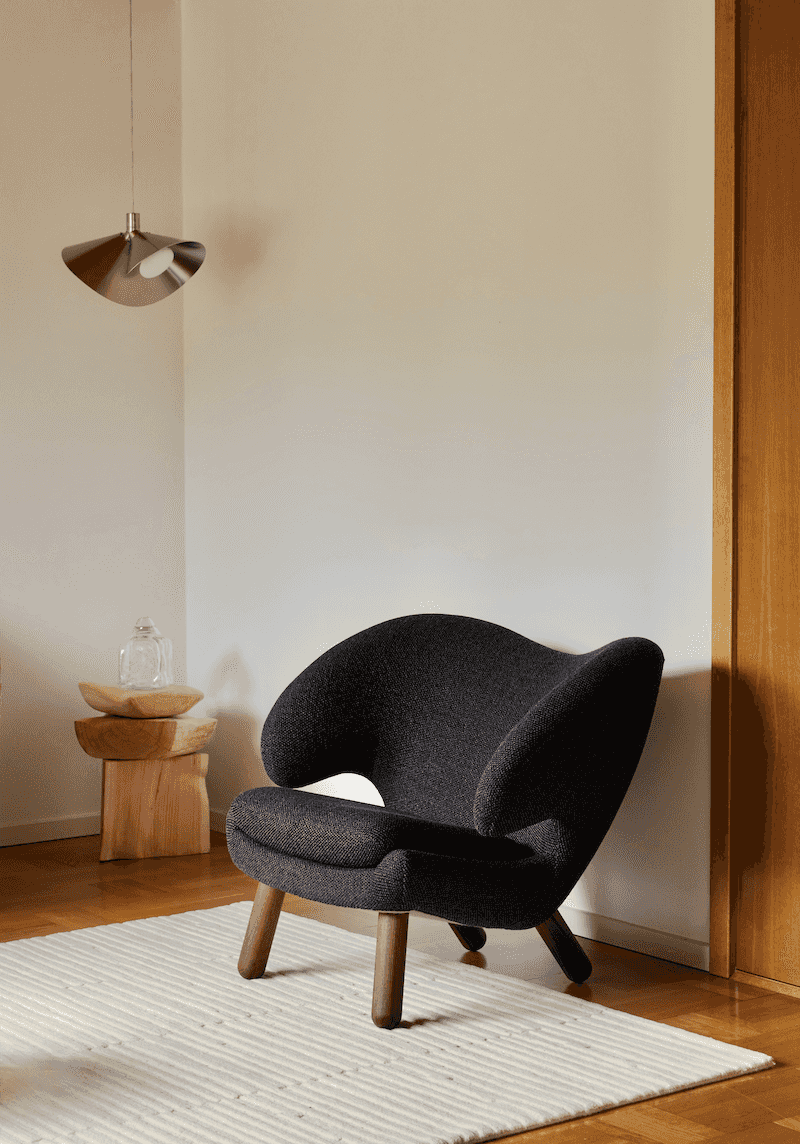
Juhl introduced this whimsical creation in 1940, shocking the furniture world with its organic, almost anthropomorphic form. The chair seems alive with its embracing curves that wrap around the sitter like a protective creature.
Those unusual proportions aren’t random they’re carefully calculated to support the human body in multiple positions. The Pelican was revolutionary for abandoning the typical separation between seat and back, creating instead a continuous sculptural form that cradles the body.
Impress your design-savvy friends by mentioning how only a handful of original Pelicans were produced, making them incredibly rare until the design was reintroduced in 2001. Also worth noting is how Juhl, unlike many Danish designers, studied art history rather than cabinetmaking, giving his work a uniquely sculptural quality that changed furniture design forever!
10. The Poet Sofa (Finn Juhl)
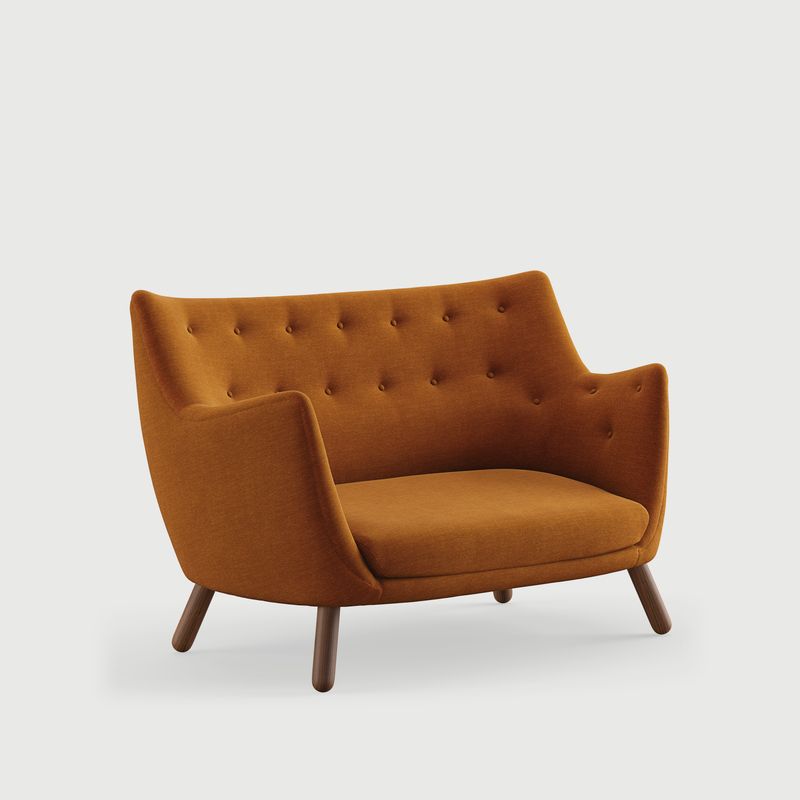
Juhl designed this compact sofa for his own home in 1941, creating a piece perfect for intimate conversations or curling up with a good book. Despite its small footprint, the Poet Sofa offers exceptional comfort through its carefully calculated curves and precise upholstery.
The organic shape breaks from traditional boxy sofas of the era, with a rounded back that seems to float above delicate legs. Those sculptural curves weren’t just aesthetic choices they were ergonomic innovations that supported the body in new ways.
At your next gathering, mention how this sofa got its name because it’s sized perfectly for contemplative moments, like writing poetry. Also worth noting is that this design was initially considered too radical for commercial production and was only available to the public decades after its creation knowledge that will definitely impress design enthusiasts!
11. The Drop Chair (Arne Jacobsen)
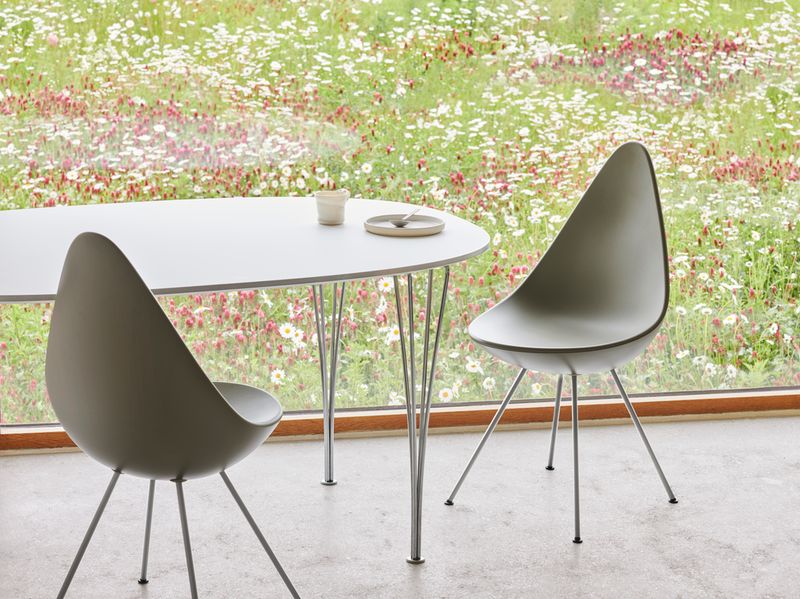
Jacobsen created this teardrop-shaped chair in 1958 specifically for the SAS Royal Hotel in Copenhagen. After its brief hotel appearance, the design disappeared for over 50 years until Fritz Hansen reintroduced it in 2014, making it one of Danish design’s most fascinating comeback stories.
The chair’s asymmetrical shell mimics a water droplet narrow at the back and wider at the front. This unusual shape isn’t just visually striking it provides surprising comfort while taking up minimal space, making it perfect for compact dining areas.
When discussing the Drop Chair, mention how it was designed as part of Jacobsen’s comprehensive vision for the hotel where he controlled everything from architecture to doorknobs. This holistic approach to design represented a revolutionary concept of “total design” that influences how we think about spaces today!

